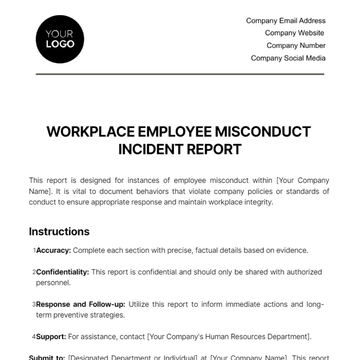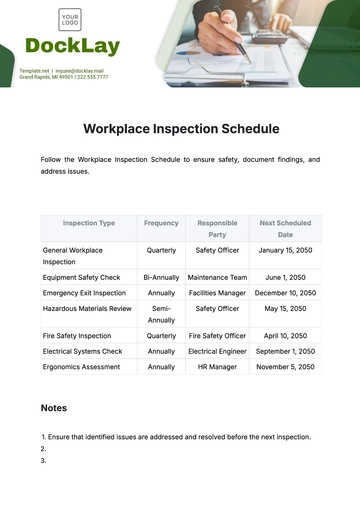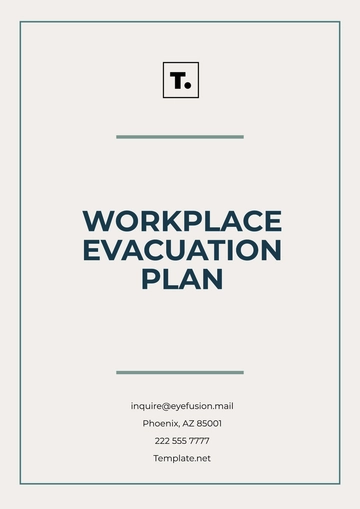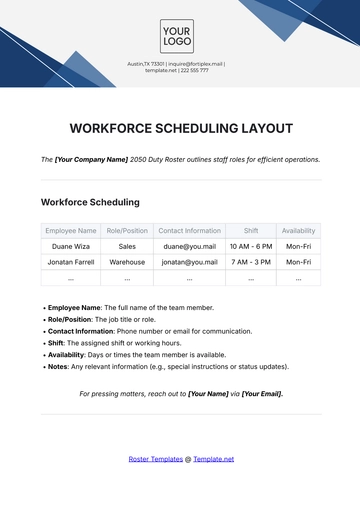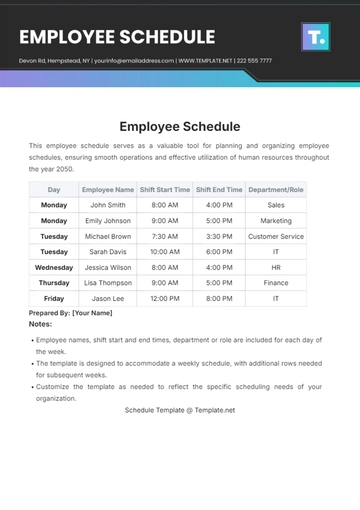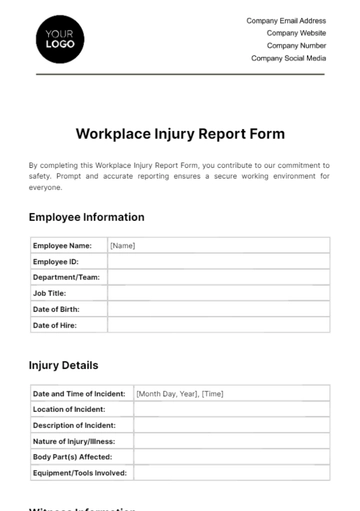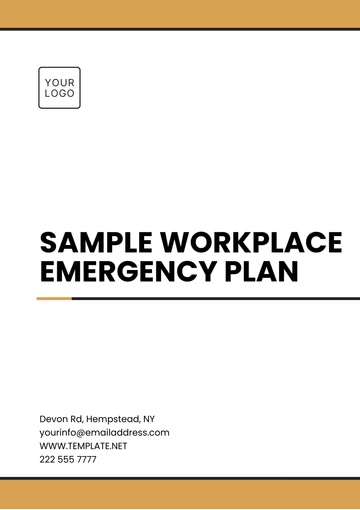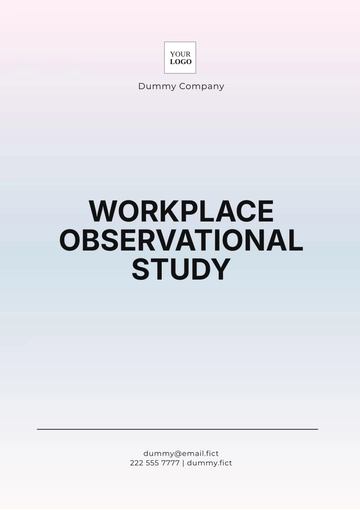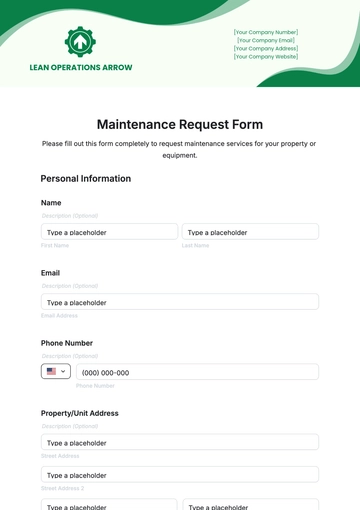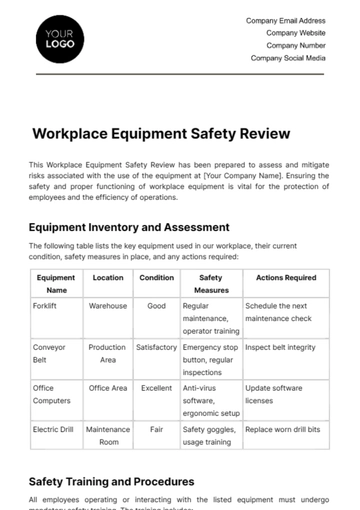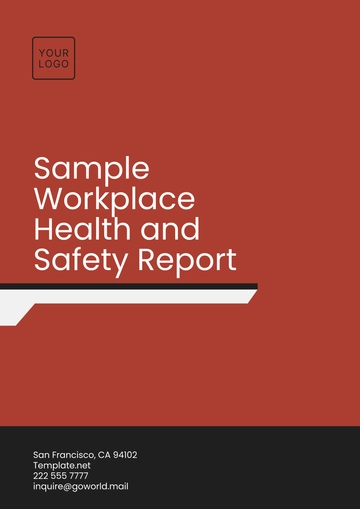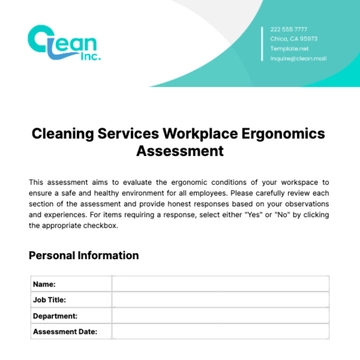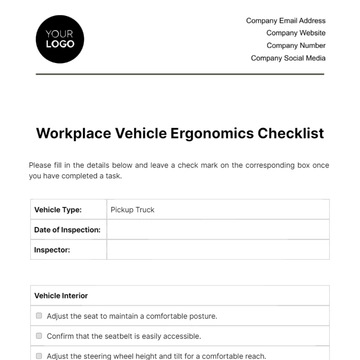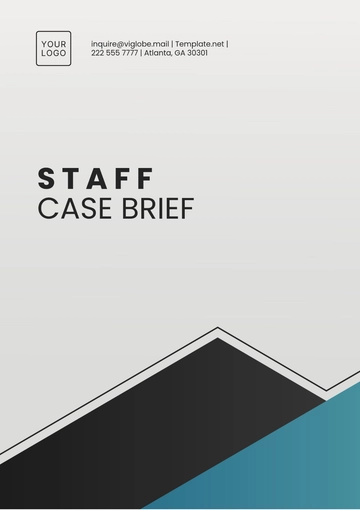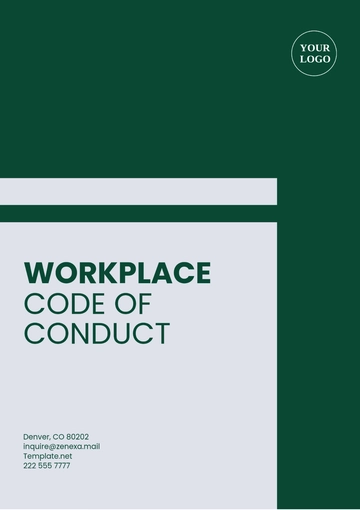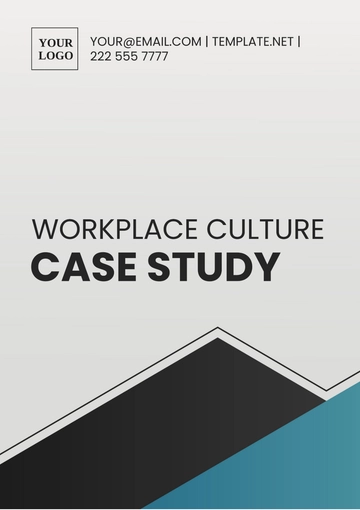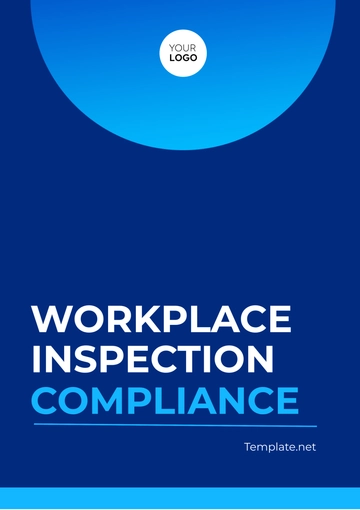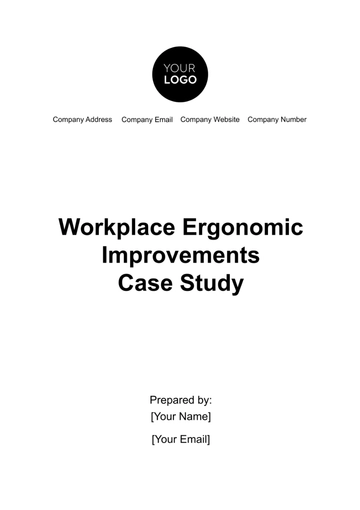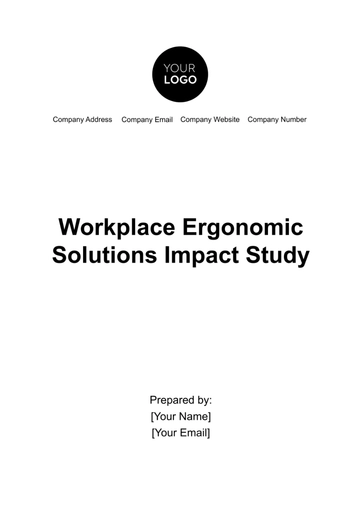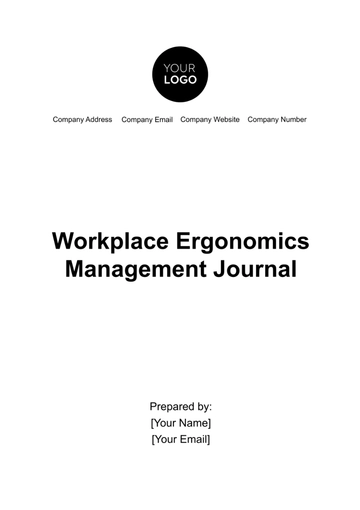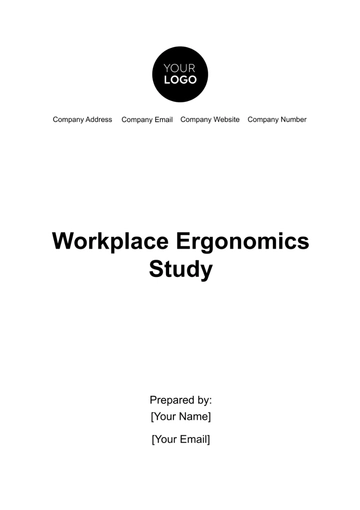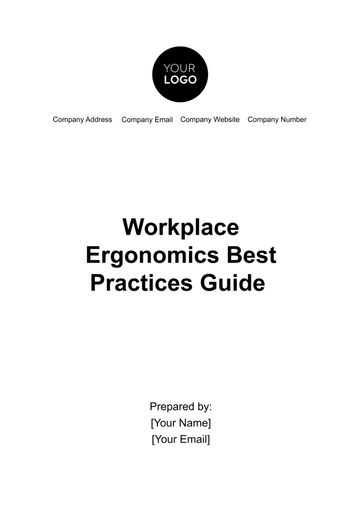Free Workplace Incidents Case Study
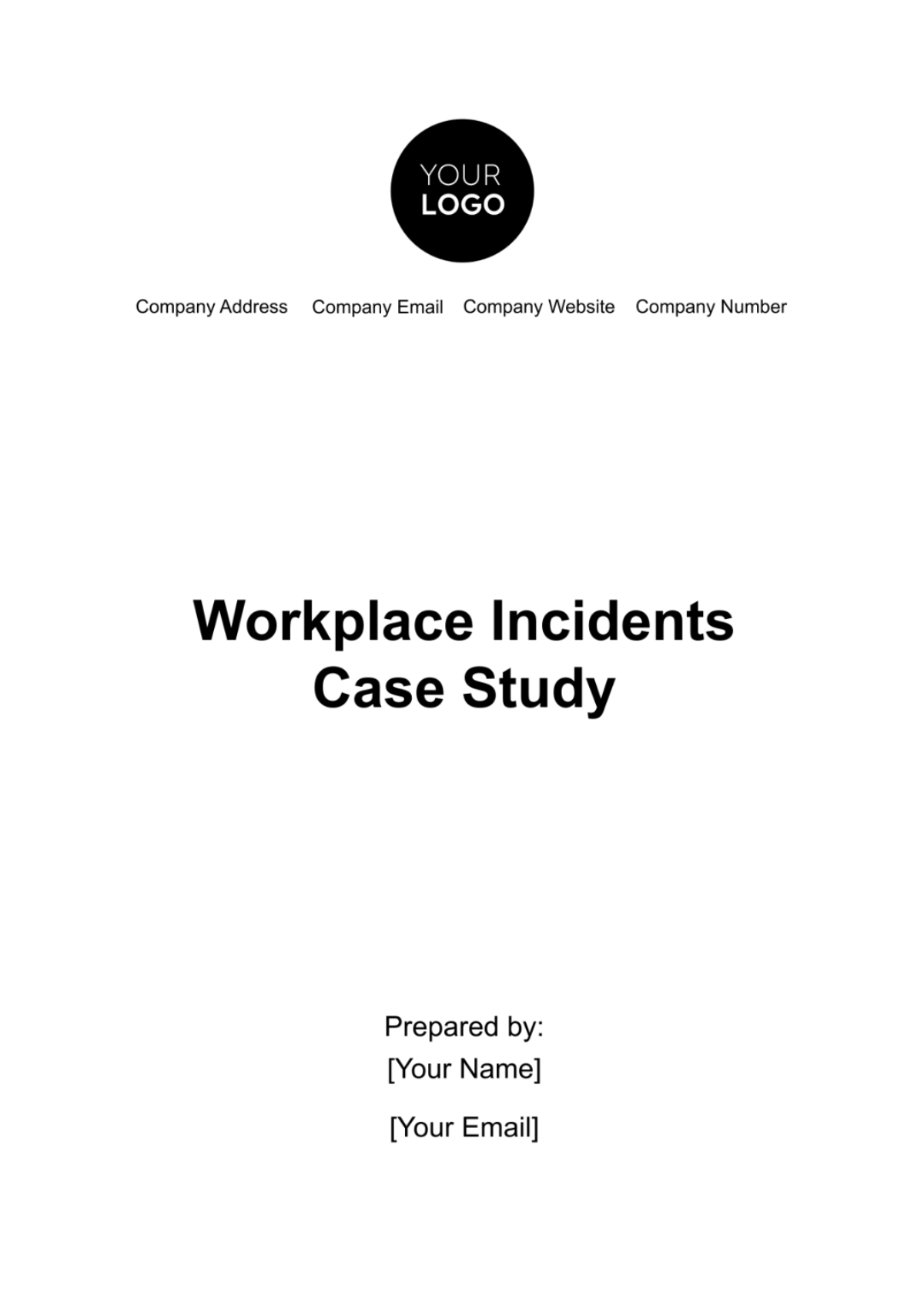
Introduction
The following case study presents an analysis of a workplace incident at [Your Company Name], a company specializing in automotive parts production. This study aims to dissect the incident's causes, the company's immediate response, and the subsequent measures taken to prevent future occurrences. The focus is not only on the technical and procedural aspects but also on the human and organizational dimensions of workplace safety. Understanding such incidents is crucial for developing more resilient and safer work environments.
Incident Description
The incident at [Your Company Name]'s main warehouse, known for producing automotive parts, occurred on [July 15th, 2050]. This section provides a detailed description of the event, including a timeline of the incident, the immediate causes, and the subsequent chain of events.
Timeline of Events
Time | Event Description |
[10:00 AM] | Warehouse operations began as usual, with the conveyor belt system operational, handling automotive components. |
[10:15 AM] | A snapping sound was heard from the conveyor belt area, leading to its abrupt stoppage and causing a pile-up of components. |
[10:16 AM] | A nearby shelving unit, overloaded with heavy parts, started to wobble due to the halted conveyor belt. |
[10:17 AM] | The shelving unit collapsed, triggering a domino effect that affected two more shelving units. |
[10:18 AM] | The warehouse supervisor initiated the emergency alarm, starting the evacuation protocol. |
Immediate Causes
Mechanical Failure: A snapped chain in the conveyor belt mechanism led to the system's failure.
Overloaded Shelving: The shelving units, with a maximum capacity of 500 kg, were overloaded with about [700 kg], exceeding their limit and compromising their stability.
Response to the Incident
Following the incident, the response was immediate and in accordance with the company’s emergency protocols. This section details the actions taken immediately after the incident to ensure safety and provide necessary aid.
Emergency Procedures Activated
The emergency alarm was activated at [10:18 AM], leading to an automated shutdown of critical machinery in the facility.
The warehouse supervisor conducted a prompt headcount at the designated assembly point outside the warehouse.
Emergency services, including fire and ambulance services, were contacted at [10:20 AM].
Medical Attention and First Aid
First aid was administered on-site to three employees who sustained minor injuries. One employee with a suspected concussion was transported to a hospital for further evaluation.
Injured Employee | Type of Injury | First Aid Provided | Further Action |
[Name] | Cuts and bruises | Bandaging and ice pack | Monitored on-site |
[Name] | Sprained wrist | Splint and ice pack | Referred to physiotherapy |
[Name] | Suspected concussion | Initial assessment | Hospitalized for observation |
Evacuation and Safety Measures
The evacuation of the warehouse was completed efficiently within [5 minutes] of the incident.
Emergency services conducted a safety inspection of the area to ensure no further hazards.
Continuous communication was maintained with all employees and stakeholders during and after the incident, providing updates and reassurances.
Investigation and Analysis
A thorough investigation was initiated immediately following the incident at [Your Company Name] to determine the root causes and contributing factors. This comprehensive analysis involved examining the mechanical systems, interviewing employees, and reviewing safety protocols.
Root Cause Analysis
The investigation revealed several critical factors leading to the incident:
Conveyor Belt Maintenance: It was found that the conveyor belt had not undergone routine maintenance checks as prescribed, leading to the wear and tear of the chain.
Shelving Unit Overloading: The shelving units were routinely overloaded beyond their capacity, a practice that had become common due to increased production demands.
Contributing Factors
Several additional factors contributed to the severity of the incident:
Lack of Regular Inspections: Regular safety inspections were not adequately enforced, leading to overlooked hazards.
Inadequate Employee Training: Employees were not sufficiently trained in recognizing and reporting potential safety hazards.
Communication Breakdown: There was a lack of effective communication channels for reporting equipment issues and safety concerns.
Preventative Measures
In response to the findings of the investigation, [Your Company Name] has implemented a series of preventative measures to mitigate the risk of similar incidents in the future.
Equipment Maintenance and Safety Checks
Regular Maintenance Schedules: A strict maintenance schedule has been established for all critical machinery, including conveyor belts and shelving units.
Safety Audits: Regular safety audits will be conducted to identify and rectify potential hazards in the workplace.
Equipment
Maintenance Frequency
Responsible Department
Conveyor Belts
Monthly
Maintenance Department
Shelving Units
Quarterly
Warehouse Management
Training and Awareness Programs
Safety Training: Comprehensive safety training programs have been introduced for all employees, focusing on equipment handling and hazard recognition.
Emergency Response Drills: Regular emergency response drills will be conducted to ensure employees are prepared for various types of emergencies.
Policy Revisions and Implementation
Revised Safety Protocols: Updated safety protocols have been implemented, emphasizing the importance of adherence to equipment weight limits and maintenance schedules.
Reporting Mechanism: A streamlined reporting mechanism has been established for employees to report safety concerns or equipment malfunctions without fear of reprisal.
Through these measures, [Your Company Name] aims to foster a safer working environment and prevent future incidents. Regular reviews and updates of these measures will be conducted to ensure their effectiveness and relevance.
Employee Support and Recovery
Following the incident at [Your Company Name], significant attention was devoted to supporting and aiding the recovery of employees impacted by the event. This section outlines the initiatives undertaken to ensure the well-being of the workforce and to foster a supportive work environment.
Counseling and Support Services
Recognizing the emotional and psychological impact of the incident, [Your Company Name] implemented several measures:
On-Site Counseling: Professional counselors were made available on-site for [two weeks] following the incident to provide immediate psychological support.
Long-Term Counseling Services: Arrangements were made with a local mental health clinic to provide long-term counseling services for employees who required ongoing support.
Review of Workplace Practices
A comprehensive review of workplace practices was conducted with a focus on enhancing safety culture and employee well-being:
Safety Culture Assessment: An external agency was hired to assess the existing safety culture and recommend improvements.
Employee Feedback: Employees were encouraged to provide feedback on their workplace experience and suggest improvements through anonymous surveys.
Initiative | Description |
Safety Culture Assessment | Evaluation by an external agency with recommendations for improvements. |
Employee Feedback Surveys | Anonymous surveys to collect employee insights and suggestions. |
Rehabilitation and Reintegration
For employees physically injured in the incident, specific measures were implemented to facilitate their rehabilitation and reintegration into the workplace:
Physical Rehabilitation: Employees with physical injuries received company-sponsored physiotherapy and rehabilitation services.
Workplace Adjustments: Adjustments and accommodations were made in the workplace to support the return of injured employees, such as modified workstations and flexible work hours.
Ongoing Monitoring and Support
To ensure continued support, [Your Company Name] established a long-term monitoring and support system:
Health and Wellness Programs: Programs focusing on physical health, mental well-being, and stress management were introduced.
Regular Check-Ins: Regular check-ins with affected employees were scheduled to monitor their recovery and address any ongoing needs or concerns.
Program/Activity | Description |
Health and Wellness Programs | Programs to promote overall health and well-being. |
Regular Employee Check-Ins | Scheduled meetings to assess and support employee recovery. |
Through these initiatives, [Your Company Name] aims to provide a comprehensive support system for its employees, prioritizing their physical and mental well-being and ensuring a safe and supportive return to work.
Conclusion
The incident at [Your Company Name] serves as a poignant reminder of the critical importance of workplace safety and the multi-faceted approach required to ensure it. The investigation revealed key areas of concern, including equipment maintenance, employee training, and safety culture. The company's response, though swift and effective in addressing immediate safety concerns, highlighted the need for a more proactive approach to risk management and employee well-being.
The preventative measures, employee support, and recovery initiatives undertaken post-incident represent a significant step forward in [Your Company Name]'s commitment to creating a safe and supportive work environment. These actions not only address the specific issues that led to the incident but also lay the groundwork for a more robust safety culture.
Key takeaways from this incident include:
The Necessity of Regular Maintenance and Safety Checks: Ensuring that equipment is regularly maintained and that safety checks are a routine part of operations is essential to prevent mechanical failures.
Importance of Employee Training and Awareness: Regular training in safety protocols and emergency procedures is crucial for preventing incidents and ensuring effective responses when they do occur.
Building a Responsive and Supportive Work Culture: Establishing channels for open communication, feedback, and reporting of safety concerns is vital in fostering a culture where safety is a shared responsibility.
Comprehensive Support for Affected Employees: Providing immediate and long-term support to employees, both physically and psychologically, is key to their recovery and the overall health of the workforce.
This case study underscores the importance of continuous improvement in workplace safety practices. [Your Company Name]'s experience serves as a valuable lesson for similar industries, emphasizing that safety is an ongoing journey rather than a fixed destination.
- 100% Customizable, free editor
- Access 1 Million+ Templates, photo’s & graphics
- Download or share as a template
- Click and replace photos, graphics, text, backgrounds
- Resize, crop, AI write & more
- Access advanced editor
Analyze workplace incidents effectively with Template.net's Workplace Incidents Case Study Template. This editable and customizable tool offers a structured format for documenting and examining workplace incidents. Utilize our intuitive Ai Editor Tool to tailor the case study to your organization's specific needs effortlessly, facilitating learning and preventive measures implementation.
